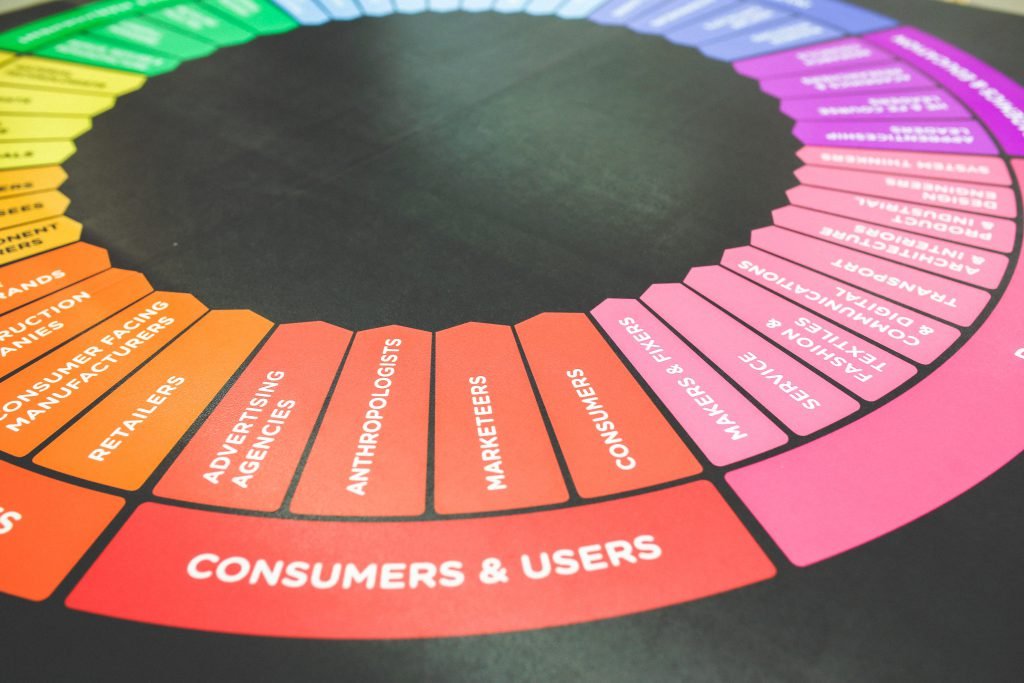 Photo by Kaboompics .com from Pexels
Photo by Kaboompics .com from Pexels
The media may have heralded the end of the print age, yet statistics indicate that this is far from the case. A 2015 study showed that when it comes to leaving a lasting and positive impression on the human mind, printed material is victorious over digital. The study involved eye-tracking and the use of fingertip sensors to measure vitals like heart rate, breathing, and perspiration. MRIs were also used to measure brain activity. Researchers showed participants printed and email information, finding that printed material caused a bigger emotional reaction, boosted recall of information, and created a stronger wish for advertised products. Print can also give you an edge over your competitors, marking your company as one that is committed to providing value.
The Trust Value of Print
A survey of over 1,000 UK consumers found that the printed page is still valued and trusted. A survey by Marketing Sherpa, meanwhile, found that 82% of respondents felt that print ads were more trustworthy than digital ones. It makes sense considering that online transactions can leave users vulnerable to phishing and other detrimental practices. Printed marketing material has an added bonus: it marks your business as a serious mover and shaker; one that invests in quality publications that are of value to customers – either because of the information they contain, or because they present your products in a luxurious medium. Print has come to acquire a chic value that works perfectly well alongside online campaigns.
Print Engages Users for Longer
The average online news site is visited for just five minutes, yet users spend around 20 minutes or more engaging with print magazines and newspapers. Clever marketing strategists will employ specific qualities such as expert content, attractive visuals, and quality paper to keep readers glued to the page for even longer. The publication Forbes is 100 years old yet is enjoying record sales and it is all because its editors have managed to create the kind of content that cannot necessarily be found online. Articles are drafted by experts in their field – be it finance, health, or entertainment. This is something that marketers should bear in mind when creating catalogues, company magazines or brochures, and other material meant to deliver additional value to merely displaying products or services. Keep your audiences interested by providing content written by influencers or experts, make quality of photography a priority, and ensure your information is up-to-date. If you have breaking news, make sure to get it to your audience fast. As noted by OnlineStamp.net, you can save on time by giving the post office a miss and simply printing your own stamps. If you deal in B2B goods or services, hand delivery to business close to you is ideal.
Printed Marketing and Millennials
A study by Quad/Graphics on millennial shopping habits found that 82% of people in this age group read direct mail from retail brands and over 50% enjoy receiving catalogues in the mail. As found in the above-mentioned study, content presented on paper is more stimulating than content delivered online. While it is true that millennials are big digital users and do make decisions based on online content (including influencer recommendations), print is still key when it comes to instilling a desire to purchase a specific item or service.
Printed material is a way of boosting your brand’s value and trustworthiness to clients. It can be particularly useful if you wish to share detailed material such as legal, technical, or scientific information. It is also ideal for companies working in the luxury sector. To make the most of your print strategy, make sure your text and graphics provide real value to your customer and present your brand in the best light possible. Consider print an important part of branding and align your material to your core values and image.
